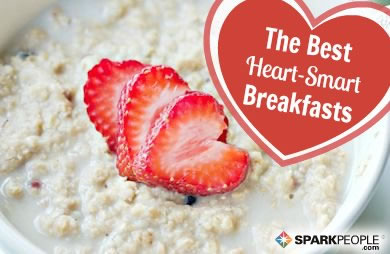|
Whenever friends or family see me running around our neighborhood, they know it’s me right away. I have a very distinct run, or as I like to joke, a distinct “shuffle”. Over the years I’ve tried to adjust the way I run, because I think it could help me get faster. So far, that has been totally unsuccessful. I blame my dad for the problem because he runs exactly the same way I do. It must be genetic. My problem is that all of the movement in my legs comes from the knee down. My feet don’t come very far off the ground and I don’t have any lift in my knees. I know if I could get my knees up and my quads working a little more, I’d have additional power and potentially, additional speed. I’ve worked with a running coach to try and correct the issue, but at this point, it’s hard to change something I’ve been doing for so long. Perhaps if I would have tried much earlier in my running career, I would have had more success. A new study proposes that people naturally become better runners, just by running more. Although I can’t say the same applied in my case, the results are pretty interesting. The study, published in Medicine and Science in Sports and Exercise, followed 10 women on a 10-week, self-paced program for new runners. Each woman visited a lab before started the program to have their aerobic capacity, running form and running economy assessed. “Running economy, also known as running efficiency, is a measure of how much oxygen a person uses to run at a particular pace — in essence, how hard it is to run at that speed. Efficiency is considered one of the determinants of running success. A more economical runner requires less energy than others and presumably should be able to run farther or faster.” It’s no surprise that the new runners were not very economical in the beginning, but that improved as the 10-week training program progressed. Additional tests over the 10-weeks found that the women improved their speed and endurance, and also improved their running economy (their ability to use oxygen increased by about 8.5%.) There were also changes in running stride which ended up making running easier. For example, their legs became more flexed as they left the ground which allows for a quicker turnover and increased speed. They also increased stability in their feet as they struck the ground, which indicates becoming more comfortable with the movement of running. This study was done on a very small, specific group of people. The results won’t necessarily translate to all runners, but the study’s author feels it can lead to some important takeaways: “You can optimize your gait naturally,” she says, “by becoming more conscious of your running movement and how it feels.” Your body, at least in the early stages of becoming a runner, can be a fine and knowledgeable coach.” My advice is to stick with what feels comfortable. I know I’ll never have the long stride and leg lift of an Olympic sprinter. But as long as I can stay injury-free and enjoy what I’m doing, that’s what is most important to me. Have you considered becoming a runner but don’t know where to begin? Check out SparkPeople’s Running Center, where you can find articles, training programs, virtual races to join and much more! What do you think? |
Related Entries
More From SparkPeople
|
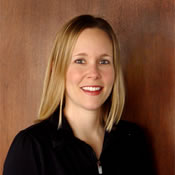

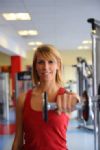

.png)
.png)
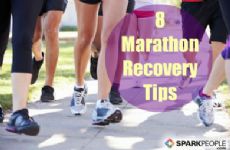

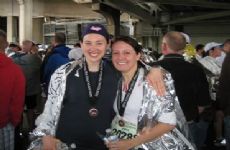
.jpg)
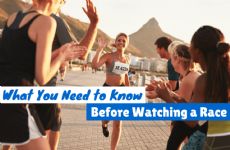

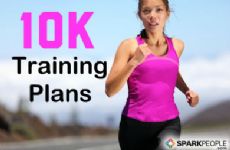
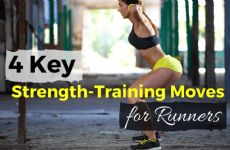






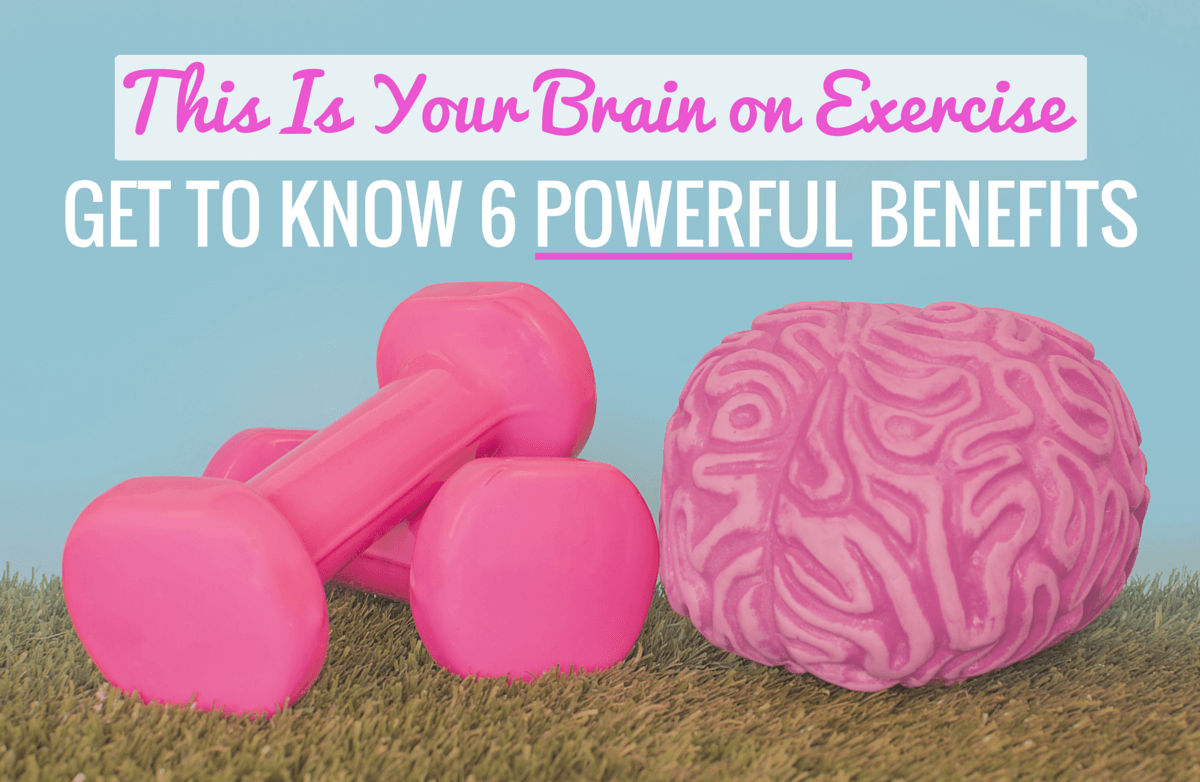

.jpg)
